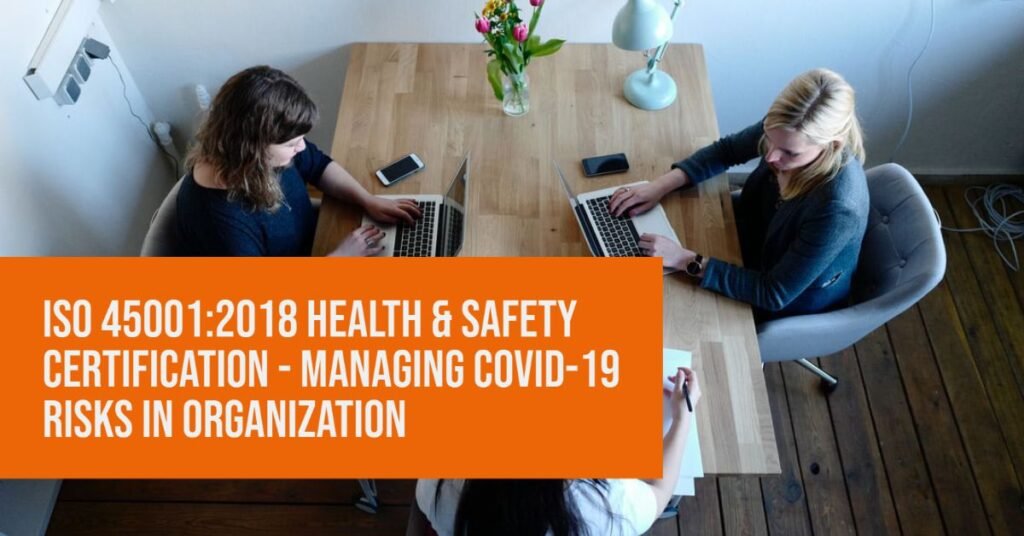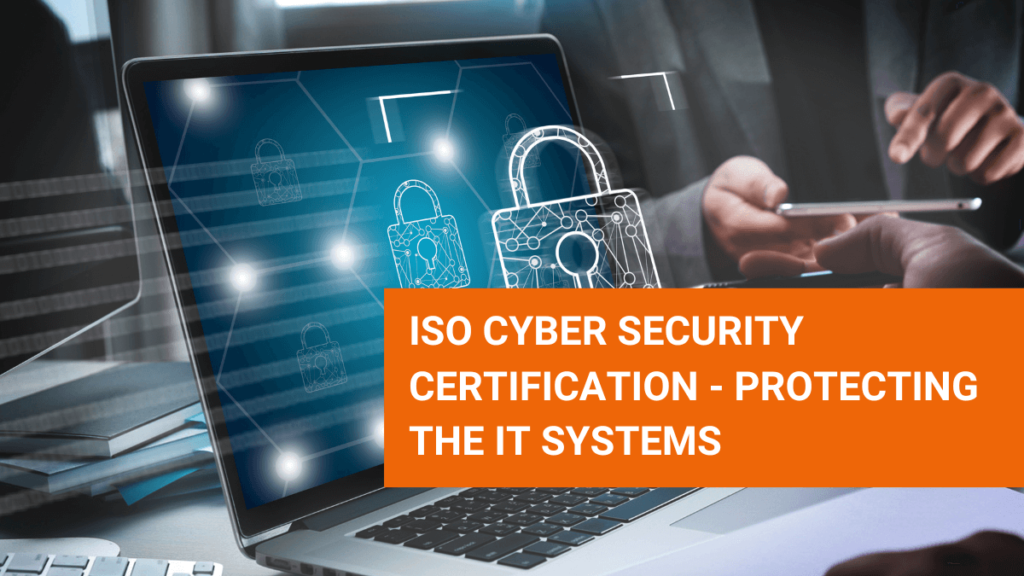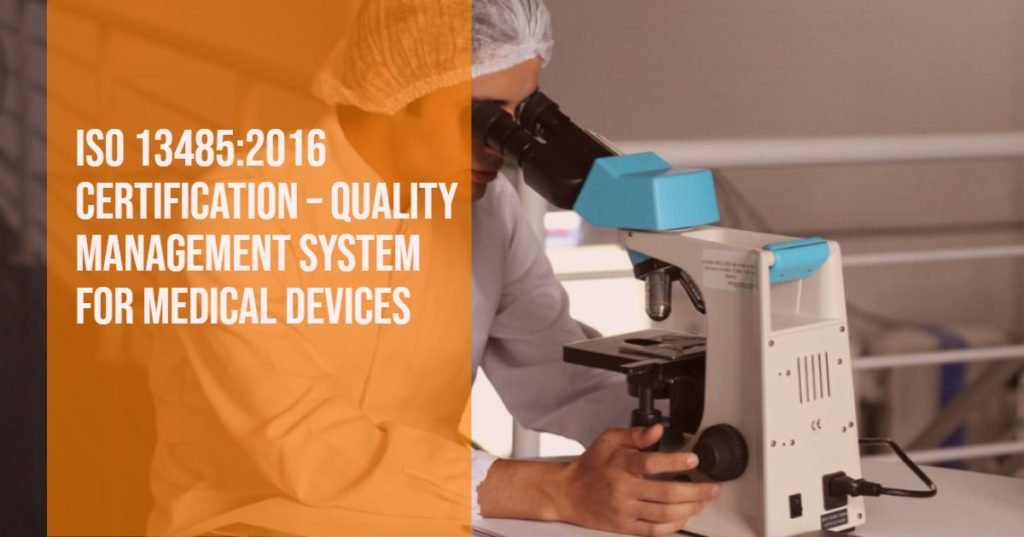ISO 9001:2015 Certification is the most common and much-needed certification standard for companies in all sectors.
ISO 9001:2015 Certificate aims at enhancing the product or service quality and improve customer satisfaction and streamline business operations to reduce cost.
It also provides a set of standard elements that will help in the successful implementation of a Quality Management System (QMS).
What is a Quality Management System?
The Quality Management System is a centralized system that requires conducting management review, effective resource utilization, and practice continuous improvements.
It is a set of business processes that are in place to ensure organizations are following a uniform procedure in production and operation.
Creating a Standard Operation Procedures (SOP)
QMS requires creating Standard Operating Procedures (SOPs) and deploy a Standard Management Framework to ensure product quality is top-notch always.
ISO Certification ensures continuous improvement and enhanced risk assessment. It helps improving product and service quality, quality manual preparation, and well-documented process improvements.
It helps in achieving a systematic approach, product quality, and process consistency across all departments of the organization.
9 Core Elements of a Quality Management System
Quality Management System helps in achieving ISO Standard compliance, enhances process quality, and streamline operations.
The widely accepted standard ISO 9001:2015 Consists of the following principles as the baseline
- Customer-Centric
- Leadership
- People engagement
- Process approach
- Continuous improvement
- Evidence-based decision making
- Relationship Management
The core components of a Quality Management System comprises of the following:
1. Quality Objectives
QMS requires drafting the quality objectives, to begin with. The objectives will define the long term goals and the purpose of QMS.
A well-drafted objective determines the success of the QMS. It helps the organization to better understand customer requirements and cater to the growing demand effectively.
2. Quality Manuals
The documentation for the Quality Manuals include the detailed list of requirements of the QMS Standard and the procedures for achieving product quality.

It is a standard operating procedure with corrective actions for risk management and identify vulnerabilities. Quality Manuals are mostly visuals with critical processes represented using flowcharts.
3. Organizational Structure and Responsibilities
QMS must also have the updated organizational structure and the corresponding responsibilities to measure attainable goals and set KPIs for each team.
There should be a clear representation of the roles and responsibilities of each team. It will result in an effective realization of the overall organizational goals.
4. Data Management
Managing the organizational data effectively is a key requirement for the QMS system. Data Management helps in identifying the risk and take the necessary corrective actions promptly.
Inaccurate data management could lead to inconsistent product quality, operational inefficiency, and low customer satisfaction.
Hence, data management must be a continuous process with timely checks on the vulnerabilities of the business operations.
The organization must have a robust QMS System to ensure all required information is collected and processed the right way and practice of continuous improvement is followed in analyzing the collected information.
5. Processes
Streamlining of Business Operations is an important aspect of the QMS System. All the organizational processes must be identified.
The resource utilization is each process and the respective results delivered must be tracked and optimized accordingly.
The process optimizations as per QMS follows the below steps:
- Identifying the organizational processes and resources utilized
- Define process standards and corrective actions if any
- Set up a method to measure the success of the process improvements
- Record the changes in process, improvements, results Follow a standardized approach to achieve consistent results.
- Practice Continuous Improvement to further optimize the process
6. Customer Satisfaction with Product Quality
Measuring Customer Satisfaction is another requirement of the QMS System. Customer Satisfaction is the measure of quality process effectiveness.
Hence, by conducting customer interviews, feedbacks, surveys, the level of customer experience delivered and satisfaction from the product or service can be measured.
7. Continuous Improvements
Constant Process Improvement is a must-do practice that QMS requires the organization to follow for achieving consistent product quality.

For the organizational process to satisfy the QMS requirements and ISO 9001:2015 Compliance, the continuous improvements practiced must be clearly documented and the control points must be tracked periodically.
It will help ensure a smooth operation with quality as the top priority.
8. Quality Instruments
For product companies that use ISO 9001 Certification Standard to improve the production efficiency and product quality, the instruments used must be maintaining a high grade of quality.
The testing and calibration equipment used in testing the process improvements of the organizations must comply with ISO 9001:2015 guidelines.
9. Document Control
The QMS requires a type of documentation that need to be recording all important aspects or organizational operations including the following:
- Employee Communication on critical projects or tasks
- Evidence of Process Improvements, Operational Processes, Organizational Structure, etc.
- QMS Conformity and Knowledge Sharing
All the documentation regarding the QMS and the enhanced operational process must be managed and monitored regularly for the continued success of ISO Certification.
To know more about implementing an effective Quality Management System in UAE, talk to our expert ISO Consultants right away!
Contact: Aurion ISO Consultants



